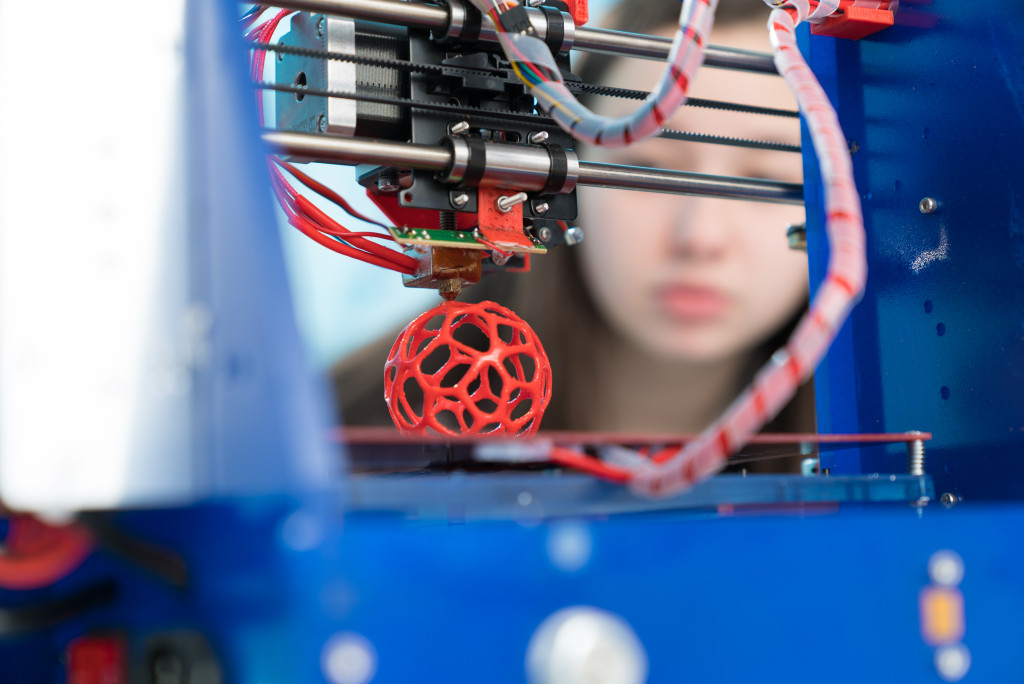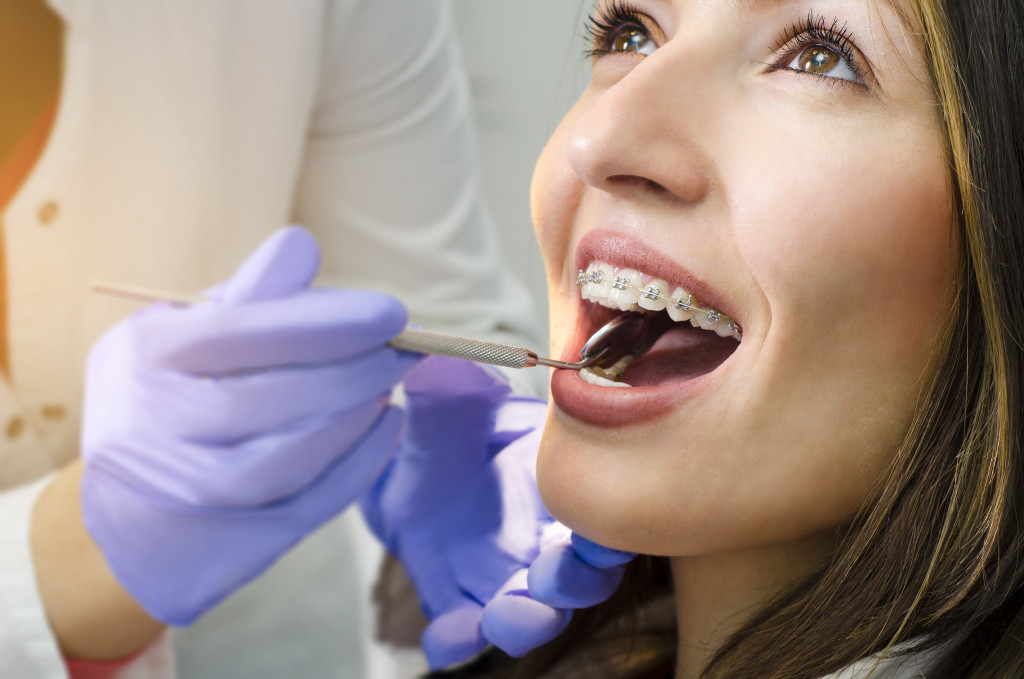It’s not just the availability of new dental technologies that have changed how dentists work. It’s also about what they do with those tools. As a result, the dental health industry is undergoing a significant transformation. These days, many practices eliminate invasive procedures like drilling and filling in favor of more conservative methods yet still effective—better for both patients and practitioners alike. And some offices have gone so far as to close their doors altogether, preferring to treat patients remotely via telemedicine or video conferencing instead of coming into the office for appointments. This article will explore six technologies that have drastically changed how dentists provide care to their patients.
1. Lasers
Lasers have two primary functions in the dentist’s office: they remove bacteria and other debris from the tooth and cut through the enamel. In addition to that, dentists can use lasers to remove tartar from teeth or decayed material without drilling or cutting down the tooth with a chisel. It’s handy for children whose small mouths have limited space.
Dentists can also use lasers for minimally invasive procedures like delivering medication into teeth or removing decaying matter. Dentists also use lasers for more invasive procedures like drilling, which relies heavily on laser technology.
2. Digital X-rays
Digital X-rays are replacing traditional dental X-ray machines. Digital X-rays are not that new a technology. But the availability of digital imaging devices for most dental offices has made them more popular than ever before. They are much smaller and easier to use than their traditional counterparts, taking less time to develop. In addition to that, they are much safer because there is no radiation involved.
However, many dentists are still apprehensive over the quality of prints from digital X-rays. The quality of the images often varies from one digital X-ray machine to another. In addition, many people have reported receiving a high amount of exposure from digital X-rays. This is why some dentists still opt for traditional X-rays for more accurate imaging.
3. 3-D Printing

These days, dental orthodontics uses 3-D printers to create orthodontics for patients who need braces. Before this technology came around, orthodontists would have to take impressions of patients’ teeth. After this, they sent these impressions to a lab, converting them into molds that orthodontists use with metal wires and brackets to realign teeth. Thanks to 3-D printing for orthodontic applications, orthodontists can create a mold right there in the office. This process allows for more accurate readings and faster orthodontic treatments.
Besides that, orthodontist offices have begun using 3-D printers to produce retainers if one breaks or gets washed and rendered unusable. Because orthodontists need to keep a large stock of retainers for patients, 3-D printing has made orthodontist wait times much shorter.
4. Plasma Scopes
Plasma scopes can break down biofilm on teeth and eliminate stains on crowns and veneers. Patients can see, in real-time, precisely what is going on with their teeth. This has allowed dentists to provide patients with more accurate diagnoses and treatment plans. Dentists can even use plasma scopes during orthodontic treatments to monitor progress without having to cause any discomfort for the patient by removing braces.
5. UV Curing Lights
When the dentist places a filling into your mouth during an appointment, it’s typically done layer by layer until the dentist achieves the desired shape and thickness. This requires multiple trips to the office for many different appointments. Thanks to UV curing lights, this process has become much quicker.
Dentists use UV curing lights to apply sealants, composites, and adhesives. UV curing lights can solidify the material in a matter of seconds rather than hours. This process allows dentists to treat more patients within one day and increase office throughout at the same time. It has also reduced the number of visits that it takes to complete orthodontic treatments or other procedures because of the speed at which it works.
Additionally, dentists use these types of light bulbs for procedures like applying fluoride or bonding brackets to teeth during orthodontic treatments. It’s also used for cavity detection because when shined on the patient’s teeth, the light will map out the teeth for any cavities.
6. Zoom Whitening
Teeth whitening is one of the more popular services that dentists provide for their patients. Zoom whitening works by placing a mouthpiece into the patient’s mouth, then sending blue energy light through an attached wand. The energy light transmitted through the wand penetrates the teeth, which accelerates the whitening process. The patient can see a difference within one sitting and doesn’t have to wear any of the standard bulky and uncomfortable whitening trays used in years past.
Many dentists will use this technology for patients who need more than just standard teeth cleaning. Zoom whitening can remove many stains caused by smoking, coffee or red wine consumption, age, etc.
Many dentists are increasingly embracing new technologies to provide better, more affordable care for patients needing dental services. From 3-D printing technology and UV curing lights to plasma scopes and whitening treatments, these innovations have improved the quality of care offered by modern-day dentists. All these improve your ability to provide care and comfort to your patients.

